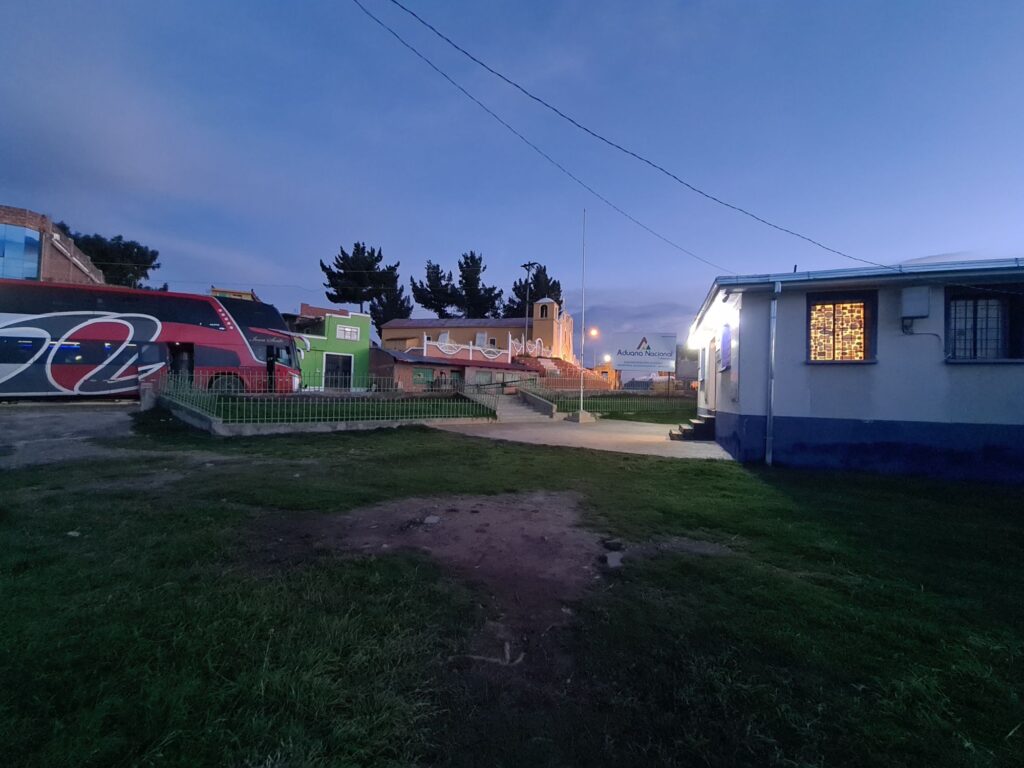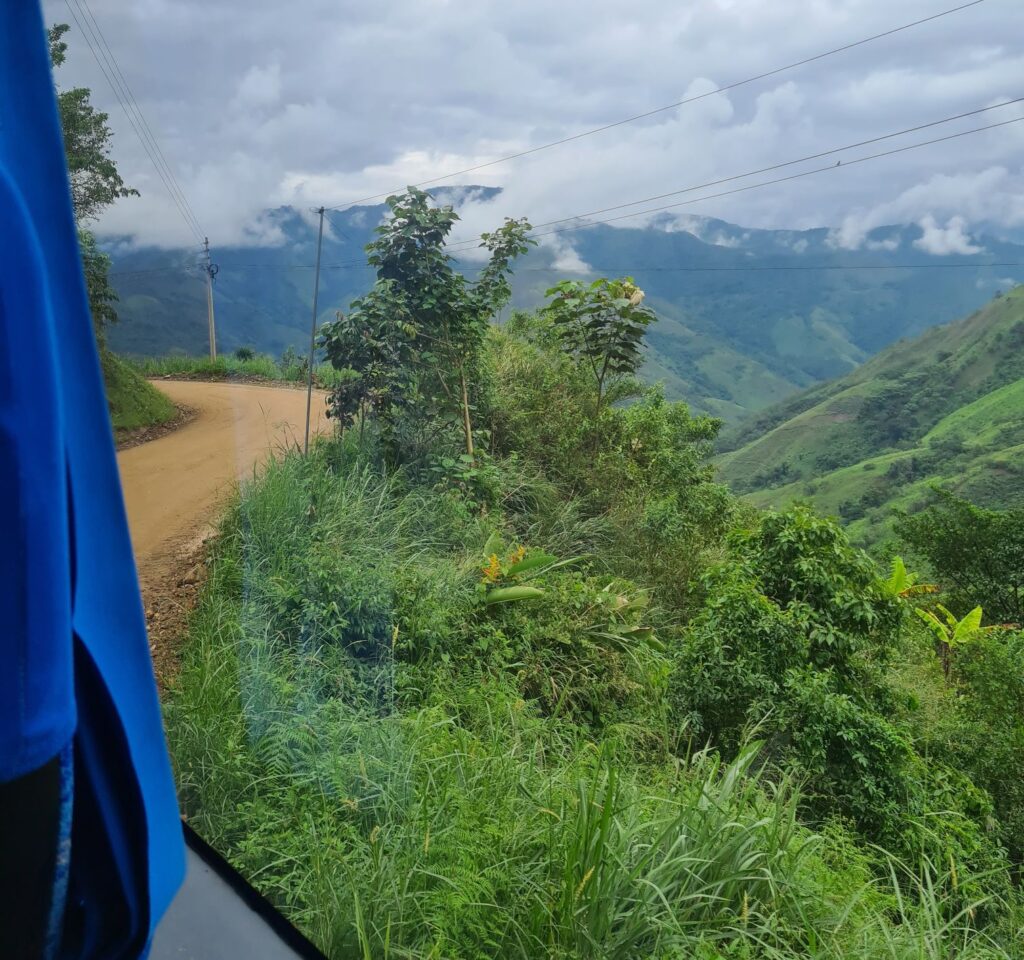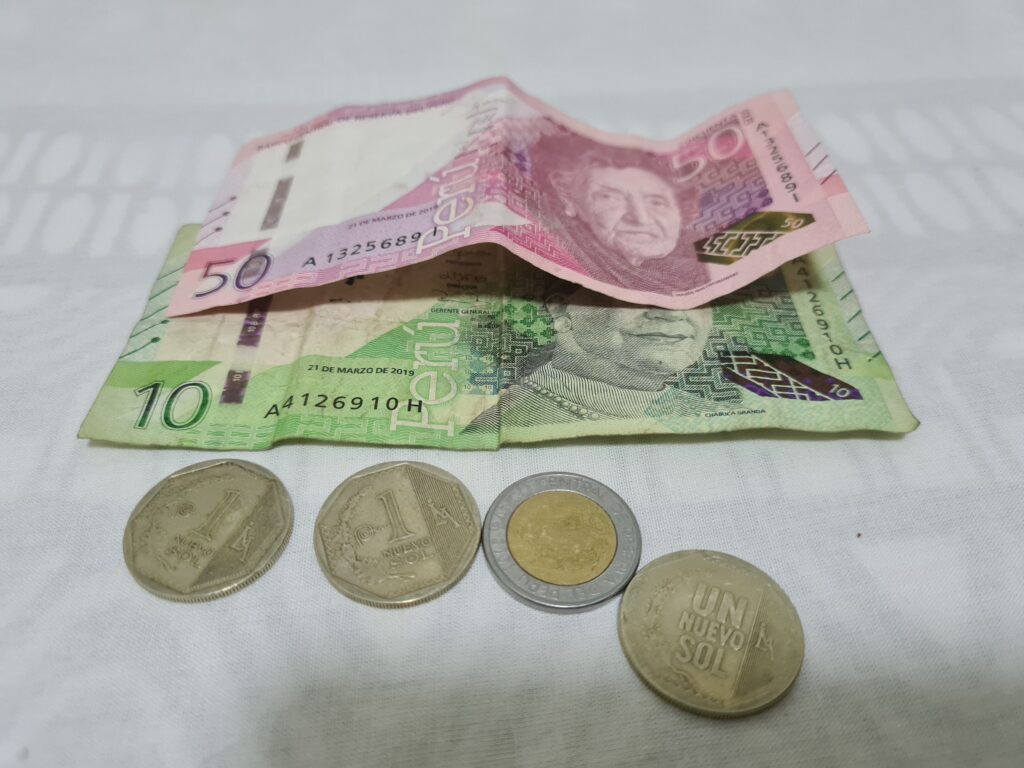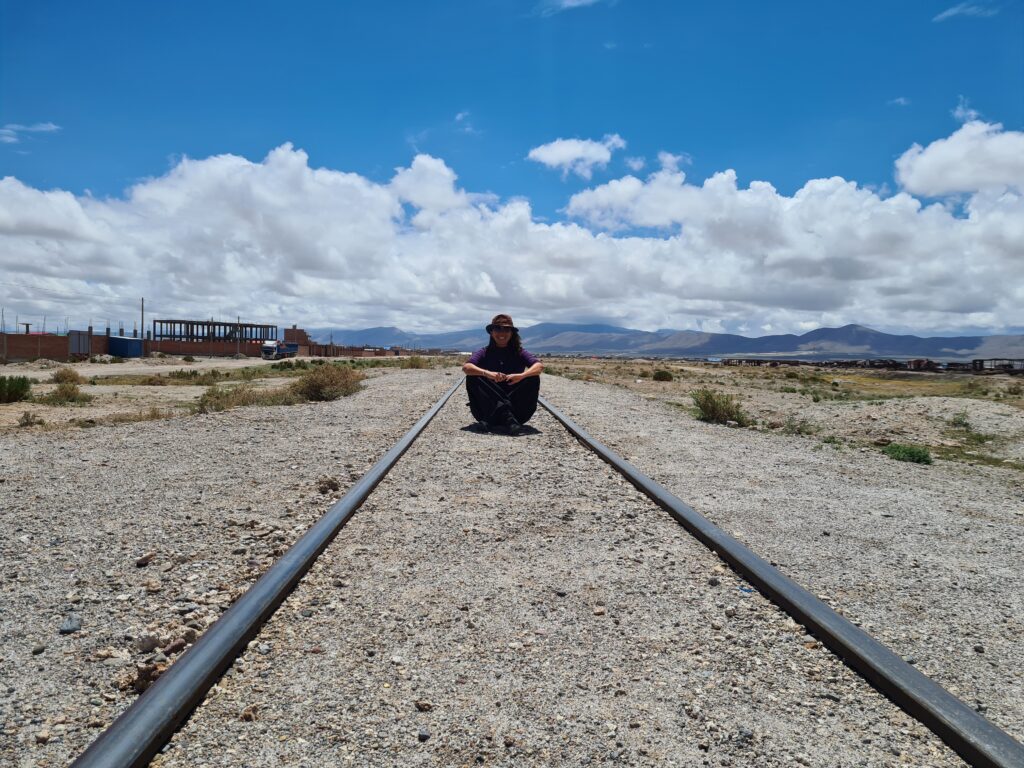Backpacking across South America is a dream for many travellers, offering rich cultures, stunning landscapes, and unforgettable experiences. But navigating border crossings can sometimes be challenging.
After my adventures travelling through this vibrant continent, I’ve put together a list of essential tips tips for safe and smooth border crossings in South America and helping you prepare for a hassle-free journey.
How Safe is it to Cross South American Borders?
Crossing borders in South America can be relatively safe, but it’s important to stay vigilant. While political instability can be an issue, most travellers/locals move between countries without problems. Here are some key points to consider:
-
- Venezuela-Colombian border: This is considered one of the more dangerous borders due to political tensions and safety concerns. It’s best to research thoroughly and stay updated on the current situation if you’re planning to cross here. I made a full guide “how to-cross the border-of colombia-venezuela”

-
- Colombia-Ecuador-Bolivia Borders: While travelling from Colombia to Ecuador, I opted to fly due to concerns about crime. However, once in Ecuador, I found the border crossing to Peru to be straightforward and safe.
-
- Peru-Bolivia border: This is one of the safest borders to cross, thanks in part to its popularity among tourists and effective border control.
Tip!! The Andes regions are generally safer, with genuine and calmer communities, whereas coastal areas tend to have more traffic and potential dangers. Always check the current situation of any border you plan to cross.

How Much Time Do You Need to Cross South American Borders?
Plan for at least 24 hours to cross South American borders, as bus schedules can be unpredictable. It’s common for schedules to change without notice, and departures may not be frequent. For instance, I was informed of a night bus from Puno to La Paz, but it wasn’t available when I arrived.
Tip: Avoid booking tours until you reach your destination and confirm transportation options.

Road Conditions on South American Border Crossings
If you have a fear of heights, crossing borders in the Andes can be daunting. Roads in some areas, such as the Venezuelan Andes, can be quite damaged, which slows transit. My experience crossing from Ecuador’s Andes was challenging due to unpaved roads.
Tip: Roads in Peru and Bolivia are generally better maintained and safer, despite being hilly.
Passport and Documents Required for South American Border Crossings
Ensure your passport is valid for at least six months beyond your intended stay. Check visa requirements for each country through your government’s website to ensure you’re allowed entry and to avoid fines for overstaying.
Very importantly, some countries might give you a limited time of permission, if you expire that time you must pay a fine, and make sure you have cash and a proper international card to pay it.
Emigration Questions: Be prepared to answer questions about your travel plans and length of stay. Be honest and clear to avoid any issues.
SIM Cards
Buying a new SIM card is easy when you cross into a new country. I usually purchased one right at the border or upon landing. You can also explore options for eSIMs online before you travel, see the option below.

Money Exchange
Currency exchange is available everywhere, from local bars to bus drivers who know the best spots. At border areas, both countries’ currencies are often accepted, so you don’t need to worry too much about exchanging money in advance. Always keep some US dollars with you, as they are widely accepted and valued.
Handy Tricks
-
- Return Ticket Requirement: Some countries might ask for a return ticket. If you’re unsure about your departure date or location, consider buying a refundable ticket. This is usually required only by airlines, once you pass the border control you can cancel your ticket.
-
- Connect with Locals: Use social media platforms like Couchsurfing or reach out to local hotels and tourist agencies to stay informed about political situations or travel tips.
-
- Protect Your Belongings: Keep essential items in a backpack with you at all times. Use a small, discreet bag under your clothes for important documents.
-
- Stay Cautious: Be wary of people offering unsolicited help. Always ask for their reasons and verify prices and information with locals, such as at bars or shops, to avoid scams.
Travelling through South America is an incredible adventure, and with a little preparation, you can enjoy your journey without unnecessary stress. Safe travels!
